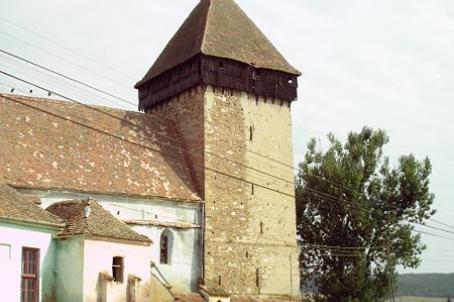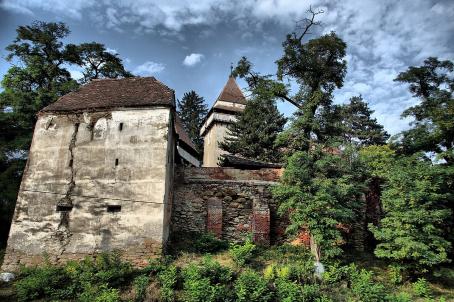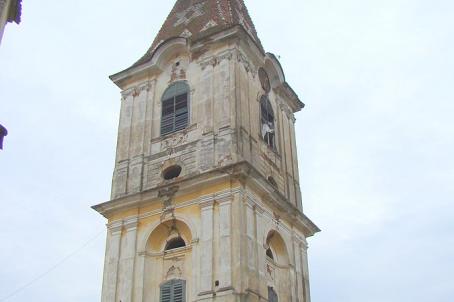Brădeni Fortified Church
The entrance of today’s church that was probably built in the 15th century from the remains of an older church, is located higher than it was initially. The floor of the nave was also raised by 2m, due to the repeated floods caused by a water stream which flows close to the fortification and which has brought over 3m of alluvial deposit over time, both inside the fortification and around it. The defence story comprises a first level built with stone, above which a second wooden level was raised and endowed with a parapet walk on buttresses and wooden consoles.
The circular palisade that defended the church for 200 years was replaced in the 16th century by a fortified wall with defence towers.
Inside the church there is a fountain from which villagers and tourists can obtain clean drinking water.
About this building
For more information visit on this building visit https://kirchenburgen.org/en/location/henndorf-bradeni/






